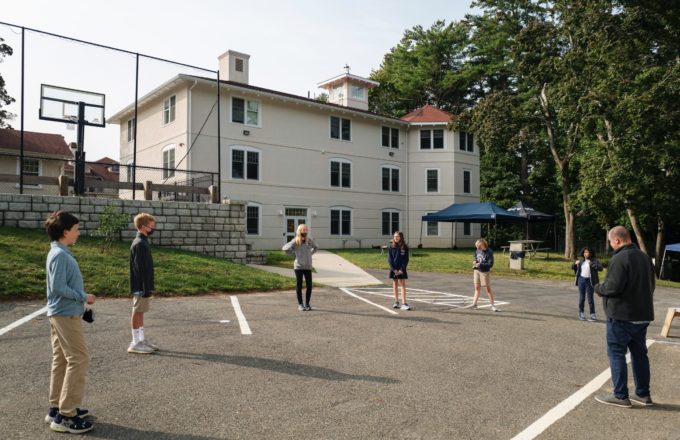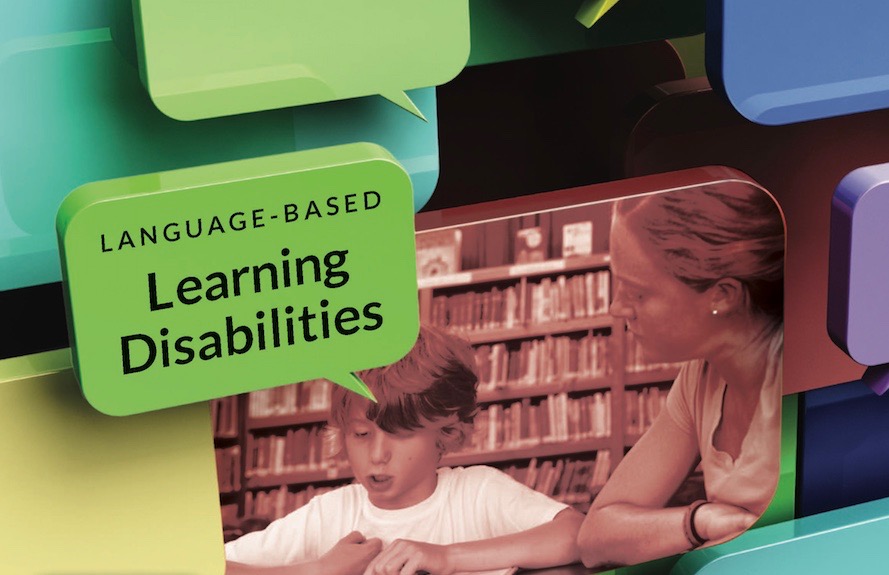Creating Safe and Success-Oriented Classrooms
The sixth Landmark Teaching Principle is Include Students in the Learning Process. At its core, the final principle encourages educators to create a foundation for successful learning by fostering a safe, success-oriented teaching environment. When classroom environments are supportive and respectful, students become more invested and motivated.
Educational research has contributed to the efficacy of including students in the learning process. Stephanie L. Haft, Chelsea A. Myers, and Fumiko Hoeft (2016) in their paper titled “Socio-emotional and Cognitive Resilience in Children with Reading Disabilities” assert that when students with learning challenges have the following as a part of their academic experience, outcomes are markedly better. They list the following protective factors:
- Attachment to caring and supportive peers, family members, and teachers, as well as the perception of teachers as caring and available
- Understanding of self-awareness and the ability to be proactive, to persevere, and to set realistic educational plans and goals
- Feelings of control and self-determination in the educational setting
- Understanding that intelligence is malleable and that improvements are possible or theories of growth mindset (Haft et al., 2016, p. 7-8).
Additionally, the tenets of Culturally Responsive Teaching connect to and support the importance of including students in the learning process. In her book Culturally Responsive Teaching and the Brain, Zaretta Hammond (2015) asserts that “We are hardwired to connect with others. Our nervous system is designed to guide us toward avoiding threats, approaching rewards and things that will make us feel good, and attaching to others for safety and companionship” (pg. 50). In other words, the relationships that educators build with their students and the environments that they create are essential to student success.
Formative Assessment to Build Relationships
One way that teachers can include the students in the learning process is by including formative assessments in their instructional practices. Pared down to its basics, formative assessment gauges student understanding while they are learning, rather than waiting until afterward, as summative assessment does. Ongoing assessment keeps students and teachers focused on the learning objectives and gives them clear evidence of strengths and needs. Formative assessments necessitate teacher‐student interaction and encourage partnerships between students and teachers to define clear learning objectives for lessons/units and plans for how students will demonstrate their learning.
| What to Do | Why to Do It | How‐To Suggestions |
| Feedback Give & Take
Provide students with daily specific feedback about what they are doing well and what they need to do next so they can achieve the learning objective. Additionally, it can provide an opportunity to solicit student ideas and feedback for improving your lesson plans and activities. |
Offers you the opportunity to answer specific questions and receive feedback from students about what they need in order to be more successful. | Accomplish this as you observe and interact with each student while they engage in class activities. |
| Confer Frequently
Meet briefly with each student throughout the unit to discuss their progress toward demonstrating mastery of learning objectives, and suggest needed steps. |
Provides an opportunity to document student progress in writing, and makes sure each student has a clear focus for his or her efforts. | If you’re prepared and you keep our eye on the clock, 2 minutes per student should suffice. Confer 1x per week if possible, especially for longer units. |
| Teach Self‐Evaluation
Teach students how to analyze their performance on summative assessments and set goals for future learning activities. |
Empowers students to assess their own performance with a teacher‐like eye. Self‐evaluation, and goal‐setting are critical executive skills that can be taught. | Try reflections; portfolio review sheets; test analysis sheets. |
Including students in the learning process, whether through explaining the purpose of an assignment, asking for ideas, or having students assess their own learning, helps them to become more engaged in their education. Explore the downloads below for information on how to guide students in evaluating and reflecting on their work.



